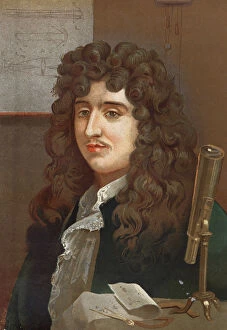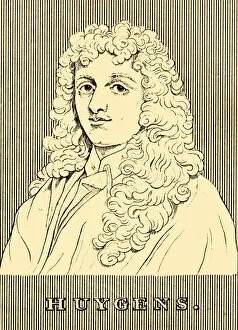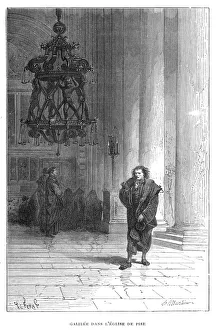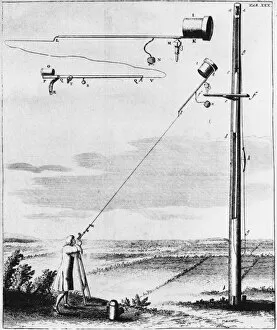Huyghens Collection
Christiaan Huygens, a renowned Dutch mathematician and astronomer, made significant contributions to various fields during his lifetime
All Professionally Made to Order for Quick Shipping
Christiaan Huygens, a renowned Dutch mathematician and astronomer, made significant contributions to various fields during his lifetime. One of his notable achievements was the development of the first optical instruments, including microscopes used in his time. These early microscopes paved the way for groundbreaking discoveries in the world of science. Huygens also delved into studying vibratory movements and elasticity. His extensive research on this subject shed light on the fundamental principles governing these phenomena. Through meticulous observations and experiments, he unraveled important insights that advanced our understanding of how objects move and interact with each other. In 1657, Huygens invented the Huyghens clock - a remarkable timekeeping device featuring a free pendulum mechanism. This invention revolutionized time measurement by providing greater accuracy compared to previous methods. The clock became widely recognized for its precision and reliability. However, Huygens' fascination with movement extended beyond clocks; he observed "the inclination to movement" in various contexts as well. His keen eye allowed him to uncover hidden patterns and forces driving motion in nature. The problem of accurately measuring time has always intrigued scientists throughout history. In addition to inventing the free pendulum clock, Huygens played a crucial role in developing some of the earliest watches and contributed significantly to solving this age-old conundrum. As depicted in portraits from different eras, Christiaan Huygens remains an iconic figure even centuries after his passing. His legacy endures not only as a physicist and mathematician but also as an innovator who pioneered advancements such as early microscopes that opened up new realms for exploration.






















